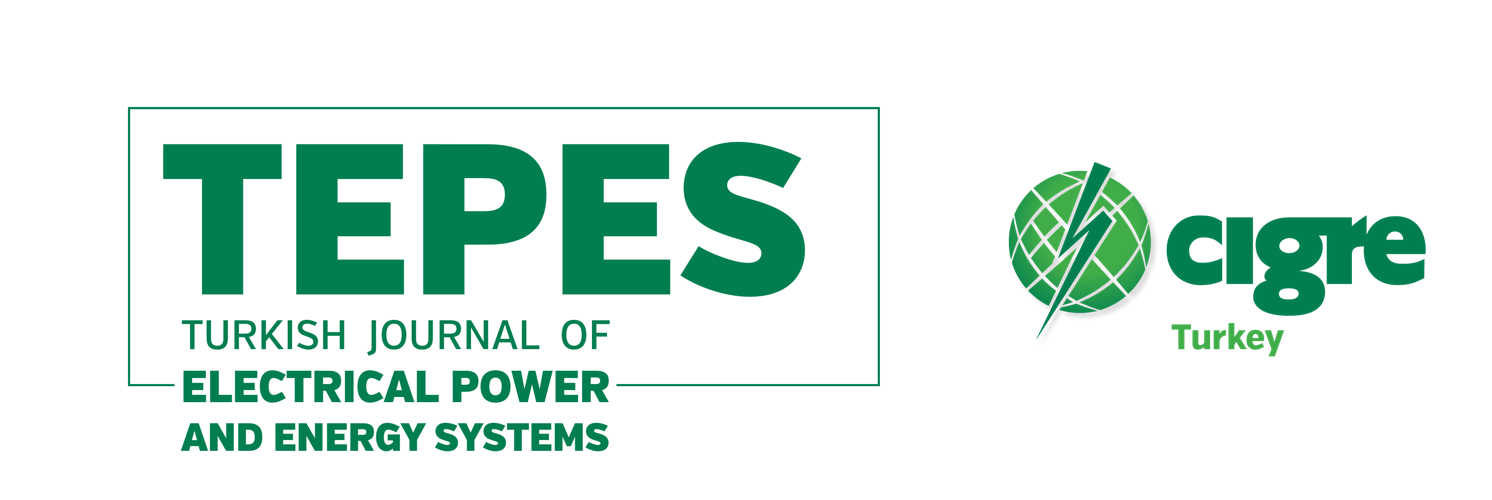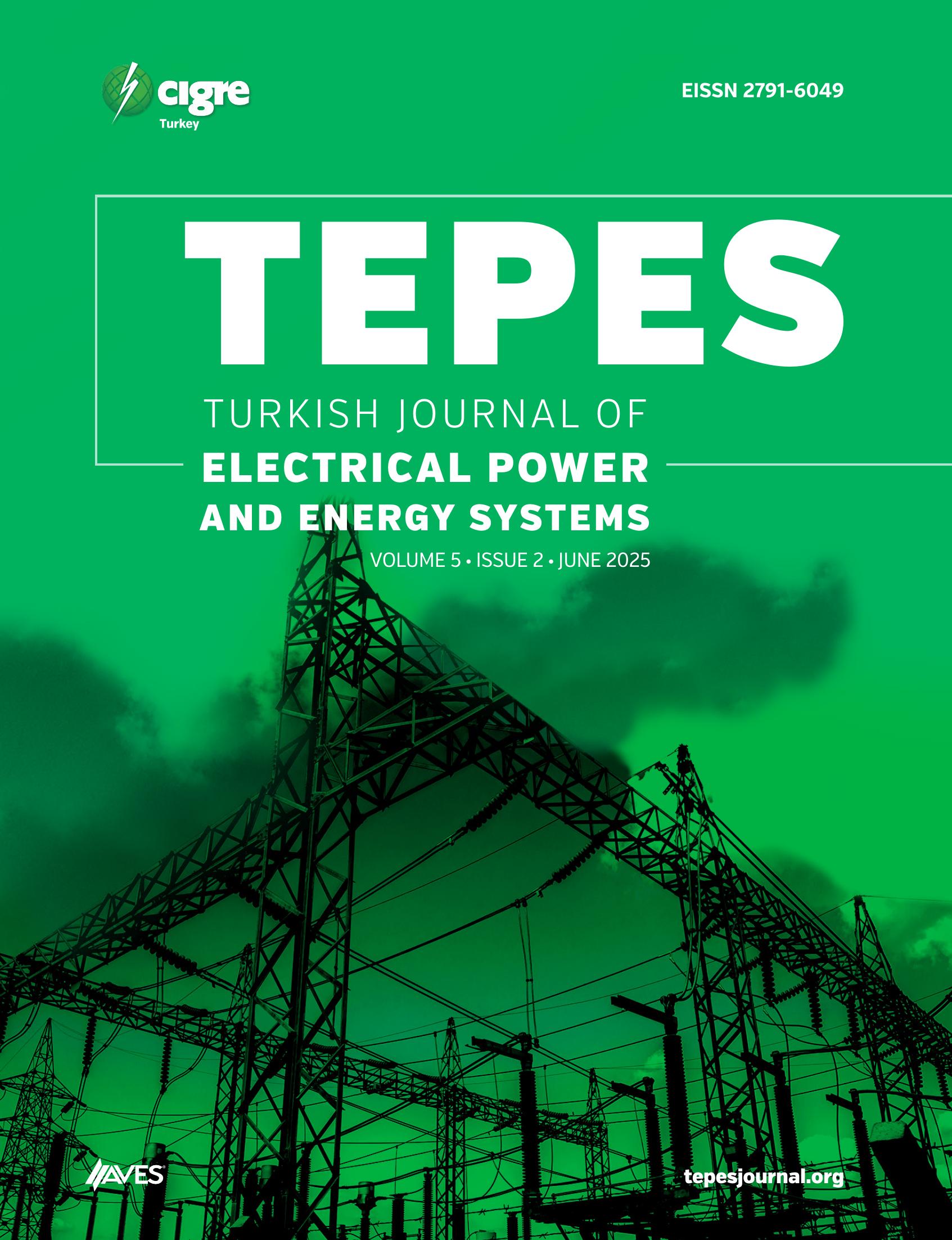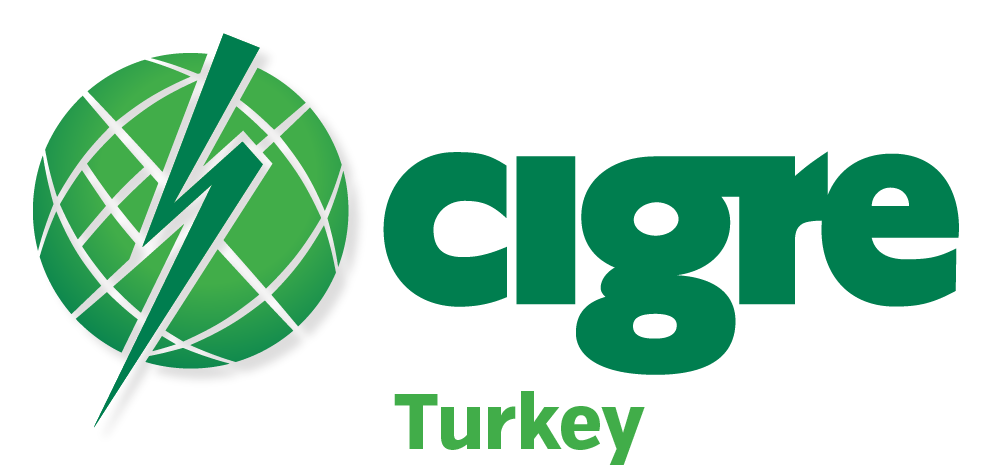In recent years, the global demand for energy has been increasing due to the rapid population growth, industrialization, technological development, and economic competition among the developed countries. Energy from renewable sources is now being widely used to meet this demand, especially solar or photovoltaic (PV) energy. Photovoltaic energy systems allow the conversion of solar electromagnetic waves of different wavelengths into DC energy in the visible light spectrum. However, the efficiency of the solar PV panel is adversely affected by partial shading conditions (PSCs) such as the shade of trees, leaves, clouds, buildings, or chimneys. One of the potential solutions is to use a bridge diode to increase the energy efficiency of the solar PV panel under PSCs. Therefore, in this study, the performance analyses of 80 W solar PV panels are carried out under six different conditions of partial shading. To present the superiority of the use of a bridge diode, the solar PV panel with bridge diode is analyzed under different intensities of solar radiation by MATLAB/Simulink. In addition, the effects of PSCs on the solar PV panel without bridge diode are evaluated in detail, as part of the experimental application. The results of the analyses under different PSCs reveal that the use of the bridge diode in the solar PV panels has a significant influence on the power produced from the PV system.
Cite this article as: Yavuzdeger A, Esenboga B, Nazligul H, Ekinci F, Demirdelen T. Simulation and performance analysis of a solar photovoltaic panel under partial shading conditions. Turk J Electr Power Energy Syst. 1(2), 84-89, 2021.








